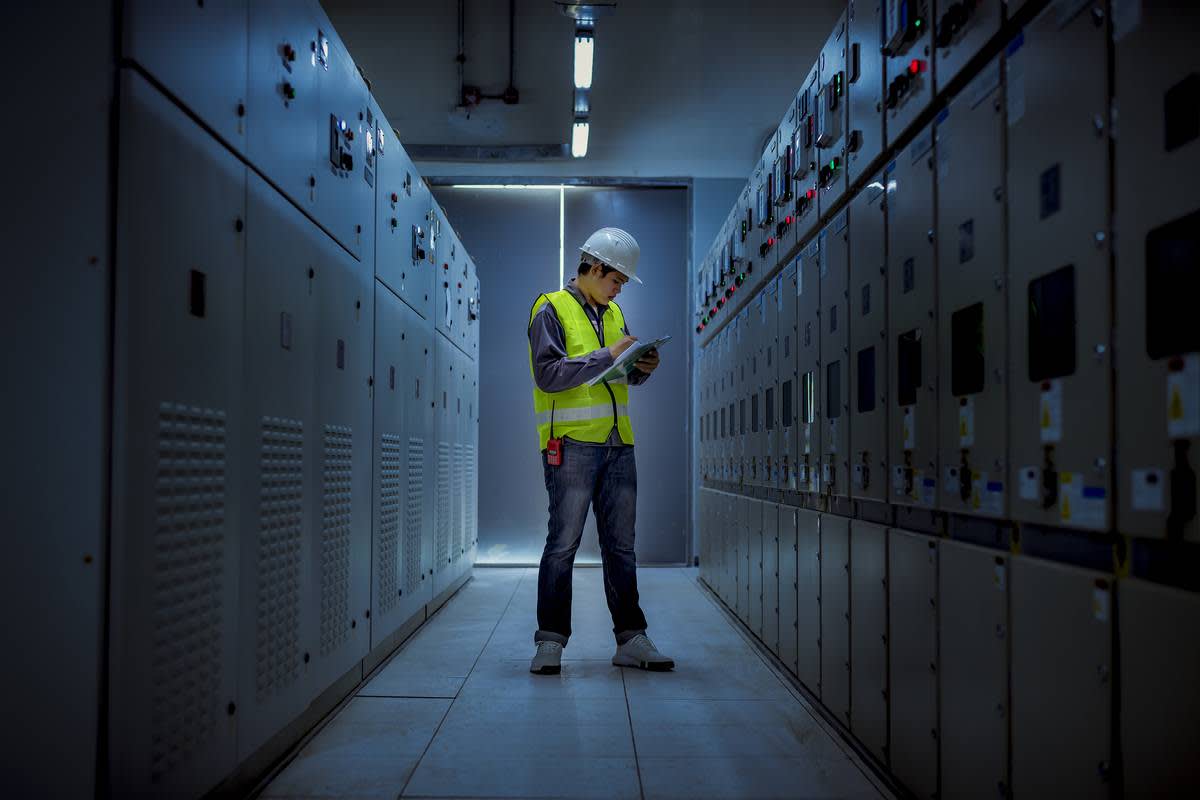A guide to electric asset optimisation
The UK’s energy system is evolving, but how can organisations evolve with it?
Flexibility – modifying generation and/or consumption patterns in reaction to an external signal to provide a service within the energy system - isn’t a new concept.
In the past, energy peaks during TV events, such as World Cups or Wimbledon breaks, meant coal power stations were called upon to export more electricity to the grid. Today, however, energy storage, distributed generation and Demand Side Response (DSR) can all help meet spikes in demand without the CO2 emissions of fossil fuels.
Your organisation’s electric assets include any energy-intensive operations that use electricity. Operating them flexibly not only supports energy system stability and net zero targets, but it can create significant financial savings for you, too.

Operating flexibility might sound like it requires a full-time team to watch energy prices and suddenly halt company-wide operations. But flexibility can be an automated or remotely controlled process that allows business owners to focus on running their business, while maintaining ultimate control.
Our new guide shares what electric asset flexibility is, and the 4-step process you can expect to go through when exploring your organisation’s flexibility potential.
Download your free copy of A guide to electric asset optimisation below.
Disclaimer
We’ve used all reasonable efforts to ensure that the content in this article is accurate, current, and complete at the date of publication. However, we make no express or implied representations or warranties regarding its accuracy, currency or completeness. We cannot accept any responsibility (to the extent permitted by law) for any loss arising directly or indirectly from the use of any content in this article, or any action taken in relying upon it.

